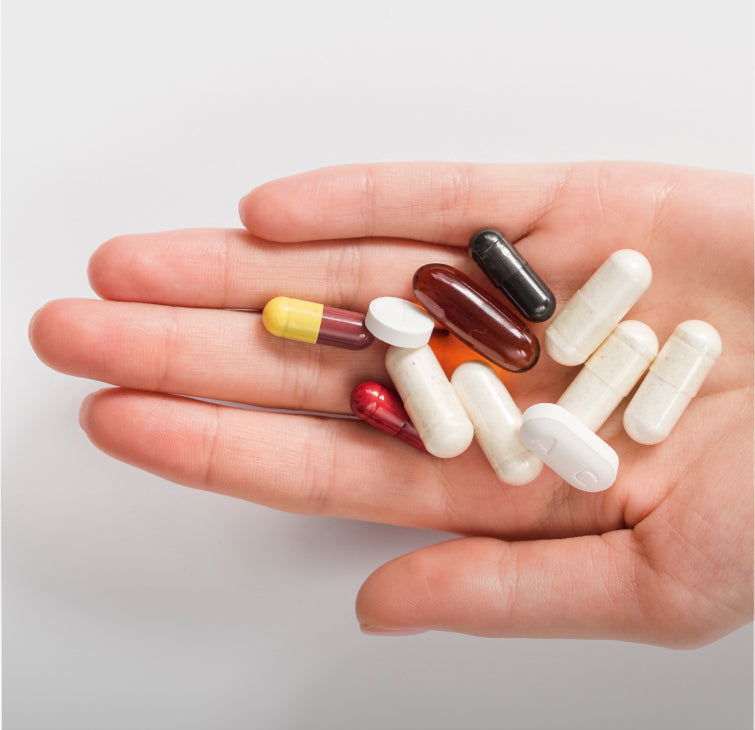Vitamin A, an essential nutrient, is a fat-soluble compound found in both animal and plant foods. This article summarizes the essentials you need to know and understand about vitamin A: food sources, benefits, and appropriate dosage requirements for everyone.
Origins of Vitamin A:
Dietary vitamin A can be of animal origin (directly usable by the body) or plant origin (after processing):
-
Animal-Derived Retinol:
Animal products such as liver, fish, eggs and dairy are rich in retinoids, the main one being retinol, an active form of vitamin A.
These foods provide a direct source of vitamin A ready for use by the body. The livers of some animals have very high levels
-
Plant-Based Carotenoids:
Carotenoids, especially beta-carotene, are found in colorful vegetables and fruits. When consumed, the body converts these carotenoids into vitamin A. 6 mg of beta-carotene is considered equivalent to 1 mg of retinol.
Benefits of Vitamin A:
Vitamin A is mainly involved in:
- Vision and maintenance of eye tissues
- The Immune System
Vitamin A plays an active role in the maintenance of retinal tissue (cones and rods). It is necessary for the formation of rhodopsin, a visual pigment found in retinal cells. Rhodopsin helps the eye adapt to dim light, contributing to adequate night vision.
Our vision is under a lot of strain, attacked by intense exposure to screens: vitamin A is essential for protecting the eye.
Vitamin A contributes to the production of white blood cells, which are responsible for the body's defense against infections. It also maintains the health of mucous membranes, creating a protective barrier against pathogens.
The right dose of Vitamin A
The Recommended Daily Intake (RDI) for adults is 650/750 (women/men) Micrograms (µg) of Retinol equivalent, or on average 2100/2500 IU .
For children: the AQRs vary from 250 to 400 µg (from 1 to 10 years) .
Unlike many other vitamins, excess Vitamin A is not eliminated or is only minimally eliminated by the body, which explains why care must be taken not to overdose on intake.
Even if the margin of tolerance is large: ANSES has defined the upper safety limit (LSS, the daily dose not to be exceeded) at 3000 µg/day (10,000 IU): 5 times more than the recommended intake.
Two categories of populations require special attention:
- Pregnant women have slightly increased needs but must limit their retinol intake for the proper development of the fetus.
Beta carotene intake should be prioritized. The simple rule of thumb: do not consume animal livers or supplements with retinol.
- Smokers: Several studies have shown that the (positive) antioxidant role of vitamin A in the general population increases the risk of lung cancer in smokers when taken in large doses (10,000 IU/day) and for long periods (more than 5 years).
The RDAs provide a safe framework for optimal and safe intakes of Vitamin A, with no benefit in exceeding these daily doses.
In the Argalys Multivitamins and Minerals formula, vitamin A is strictly provided in the form of Beta Carotenes and voluntarily limited to 50% of the RDA, so that it can be useful to everyone, without any risk.
 04 74 03 98 80
04 74 03 98 80









